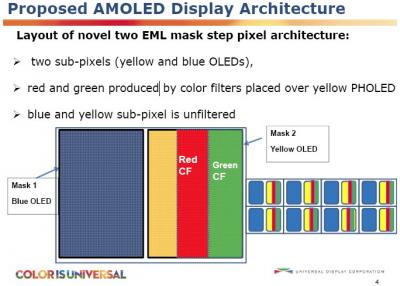Japan Display to co-develop next-gen CAAC-IGZO backplane tech with SEL
Japan Display (JDI) announced that it has signed a technology development agreement with Semiconductor Energy Laboratory (SEL) regarding the development of Oxide-semiconductor backplane technology for next-generation displays, including OLED displays.

SEL's backplane technology is called c-axis aligned crystal (CAAC), which has been co-developed with Sharp. CAAC is based on an IGZO thin-film that has a novel crystal structure.









